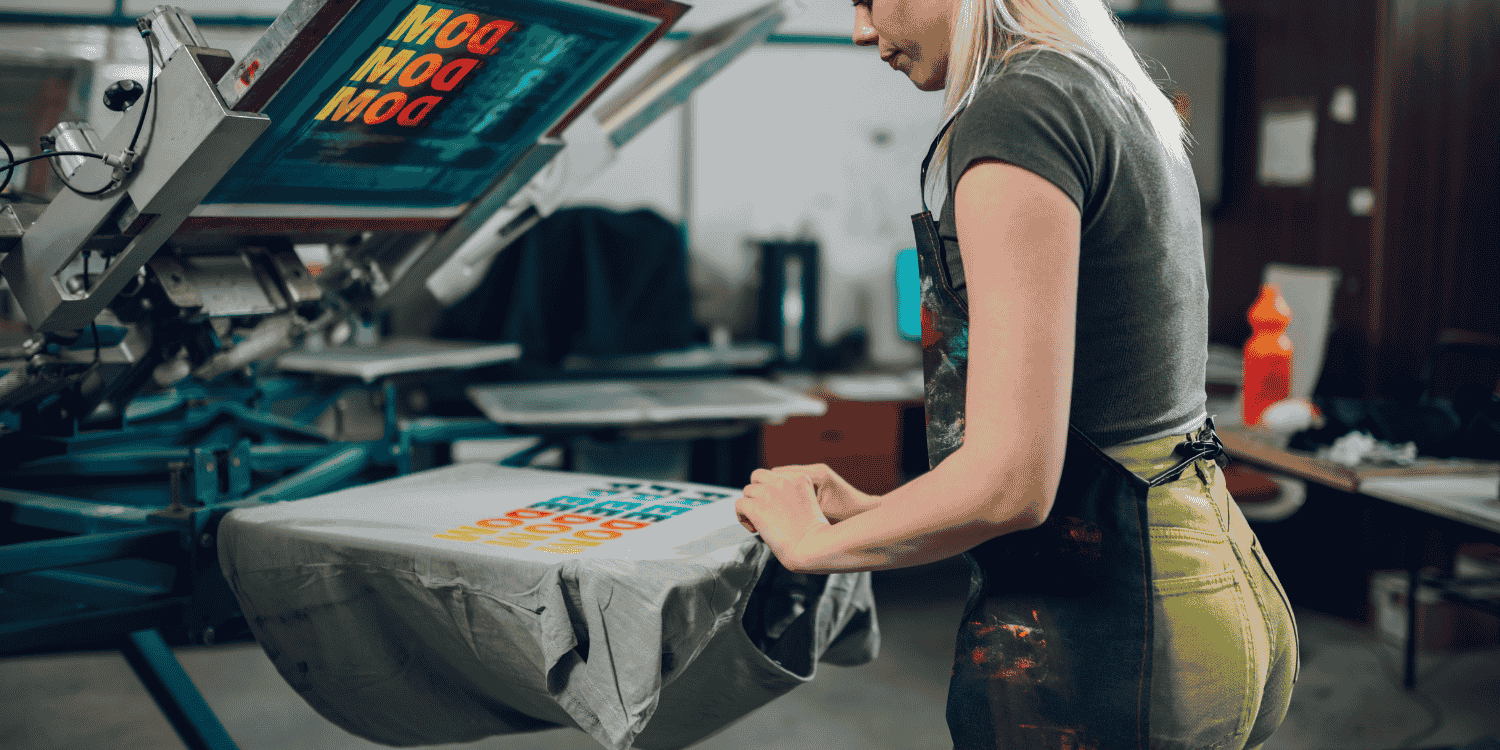Best Printing Techniques for Corporate Giveaways

Corporate giveaways play a vital role in brand recognition, employee engagement, and client relationships. But beyond choosing the right item, selecting the best printing technique is just as important. From screen printing and digital printing to sublimation and engraving, the right method can improve both visual appeal and durability.
Whether you’re customizing t-shirts, mugs, tote bags, or notebooks, the printing technique you choose affects everything from ink quality to how long the design lasts. This article covers the most popular printing methods and explains how each works—so you can make the best choice for your next corporate gift campaign.
What Is Screen Printing and When Is It Used?
Screen printing is one of the most commonly used printing techniques for corporate giveaways. It involves creating a stencil (or “screen”) and using a squeegee to push ink through the stencil onto the surface of the item.
This method is best suited for simple, bold designs and works especially well on flat surfaces and fabric-based products like t-shirts, tote bags, and promotional apparel. Screen printing delivers vibrant colors and long-lasting prints, making it a go-to option for corporate giveaways that require high-quality results.
While traditional screen printing can be time-consuming to set up, it’s ideal for large batch runs where consistency is key.
How Does Digital Printing Compare to Other Methods?
Digital printing, also known as direct-to-garment (DTG) or inkjet printing, works similarly to how a home printer functions—only it prints directly onto the surface of the material. This method allows for intricate designs, full-color prints, and shorter turnaround times.
Digital printing is ideal for small orders and highly detailed designs. It’s commonly used for promotional products like t-shirts, notebooks, or even hard materials with digital printing services offering customization options.
Compared to screen printing, it’s less durable over time but more affordable for short-run or multi-color designs. This makes digital printing an excellent choice when personalizing a wide variety of products for different clients or departments.
What Makes Sublimation Printing a Good Choice?
Sublimation printing is a popular choice for printing on polyester fabrics and coated items like mugs or water bottles. The process uses heat and pressure to transfer dye onto a surface, which then becomes part of the material itself.
The result is a vibrant, long-lasting print that won’t peel or crack. Sublimation is great for creating full-color designs on items like:
- Promotional mugs
- Polyester t-shirts
- Mousepads
- Custom tumblers
However, it works best only on light-colored, synthetic materials, so it’s not suitable for cotton fabrics or darker surfaces.
What Are the Advantages of Heat Transfer Printing?
Heat transfer printing involves using a special transfer paper to print the design, which is then pressed onto the item using heat. This technique is excellent for low-volume printing or when printing multiple colors.
A heat press allows the ink to transfer effectively, making this method perfect for personalized t-shirts, bags, or even corporate gifts like mousepads and coasters.
While not as durable as screen or sublimation printing, heat transfer is ideal for short-term promotional campaigns or items not intended for heavy use. It’s often used by printing services for its flexibility and fast delivery.
When Should You Consider Engraving?
Engraving is a premium printing method where the design is physically carved or etched into the material. It’s commonly used on metal, wood, glass, and leather.
This method is particularly effective for corporate giveaways like:
- Metal pens
- Desk plaques
- Crystal awards
- Leather notebooks
Engraved gifts offer a professional and sophisticated appearance that leaves a lasting impression. They’re often used to recognize milestones or to gift high-ranking clients and executives.
Unlike ink-based printing, engraving is permanent and highly resistant to wear, making it one of the best techniques for premium branding.
What About Silkscreen and Offset Printing?
Silkscreen printing, another name for screen printing, is ideal for printing on textiles. It’s often used for corporate apparel or branded merchandise like tote bags and t-shirts. The technique involves using stencils and ink, often with multiple screens for different colors.
Offset printing is commonly used for paper-based materials such as brochures, letterheads, calendars, and business cards. This printing technique provides sharp images, accurate color, and is cost-effective for large volume printing.
Both silkscreen and offset printing have stood the test of time in the corporate world for their ability to deliver high-quality, branded visuals at scale.
Is DTG the Future of T-Shirt Printing?
Direct-to-Garment (DTG) printing is a form of digital printing designed specifically for t-shirts and other fabric items. It uses a specialized printer to apply water-based inks directly to the garment.
DTG is perfect for detailed, photo-quality images, making it a great choice for:
- Company event shirts
- Limited edition promotional tees
- Personalized team merchandise
The main benefits of DTG include:
- No minimum order quantity
- High-resolution designs
- Fast production
While DTG prints may not last as long as screen-printed ones, they allow for greater creativity and flexibility in t-shirt printing techniques.
How Do Printing Techniques Affect Brand Image?
Printing techniques directly influence how your brand is perceived. A smudged logo or faded design sends the wrong message. Using the right type of printing for each item shows professionalism, care, and attention to detail.
For example:
- Engraved gifts communicate prestige.
- Screen-printed apparel builds team spirit and brand visibility.
- Sublimated mugs and tumblers offer durability and appeal.
In every case, the printing process helps reinforce your brand’s commitment to quality and consistency.
Which Printing Technique Is Most Cost-Effective?
If you’re producing large quantities of the same item, screen printing or offset printing offers the most value. For one-off pieces or smaller batches, digital printing or heat transfer might be more budget-friendly.
Cost efficiency also depends on factors like:
- Setup fees (for screen or offset)
- Color count (more colors = more cost for some methods)
- Material compatibility
Make sure to compare multiple printing services and ask about bulk pricing and material options before committing.
Key Points to Remember
- Screen printing is best for bold, high-volume fabric prints.
- Digital printing allows detailed, full-color designs for small batches.
- Sublimation offers vibrant, long-lasting prints for polyester items.
- Heat transfer is flexible and ideal for low-volume or temporary promos.
- Engraving adds a permanent, professional touch to high-end gifts.
- Offset printing excels with paper-based items like calendars.
- DTG brings detailed designs to life on garments with no setup cost.
- Choose your printing method based on material, volume, and design.
- The printing technique you select directly affects how your brand is perceived.
The right printing method can turn simple items into impactful corporate giveaways that support your brand identity, engage recipients, and help grow business relationships over time.
